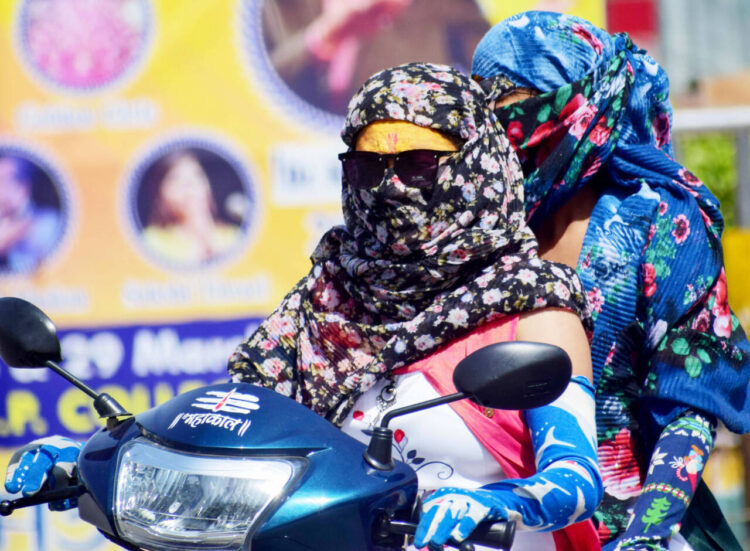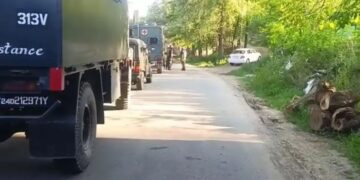.The India Meteorological Department (IMD) has issued a ‘red alert’ for several states in the northern belt of India as the region braces for intense heatwave conditions in the coming days. With temperatures soaring above normal levels, parts of Rajasthan, Punjab, Haryana, Chandigarh, Delhi, and West Uttar Pradesh are expected to experience maximum daytime temperatures exceeding 47°C.
Speaking to ANI, senior IMD scientist Naresh Kumar highlighted the severity of the situation, stating, “Temperatures are currently above normal across North West India and we had issued a red alert for the region over the past 2-3 days. With regard to a state-wise forecast, we have issued a red alert in Rajasthan for the next five days. The maximum temperature is likely to inch further up from 45°C and settle at 47°C.”
While Punjab and Haryana may have seen a marginal drop in temperatures due to a prevailing western disturbance, Kumar warned that temperatures would gradually rise by 2 to 3 degrees in the coming days. Similar alerts have been issued for these two states. In neighboring Uttar Pradesh, a red alert has been issued for the next five days, with an orange alert for northern parts of Madhya Pradesh.
However, amid the scorching heat in the northern regions, relief may be on the horizon for the southern states. The IMD forecasts heavy to very heavy rains, up to 12 cm, in Tamil Nadu and Kerala over the next 2-3 days.
With the IMD’s ‘red alert’ for the national capital and other parts of North India, health experts have cautioned against outdoor activities, particularly between 11 am and 4 pm, to prevent adverse health effects. Dr. Neeraj Nishchal, a professor at the Department of Medicine in AIIMS, Delhi, warned of health issues ranging from rashes and dehydration to heat strokes, emphasizing the potentially fatal consequences of heatwave conditions.
To mitigate the impact of the heatwave and prevent serious health ailments, experts advise individuals to minimize outdoor activities, stay hydrated, and wear light-colored, loose-fitting clothing. These precautions are especially crucial between noon and 3 pm, when temperatures peak.

















Comments